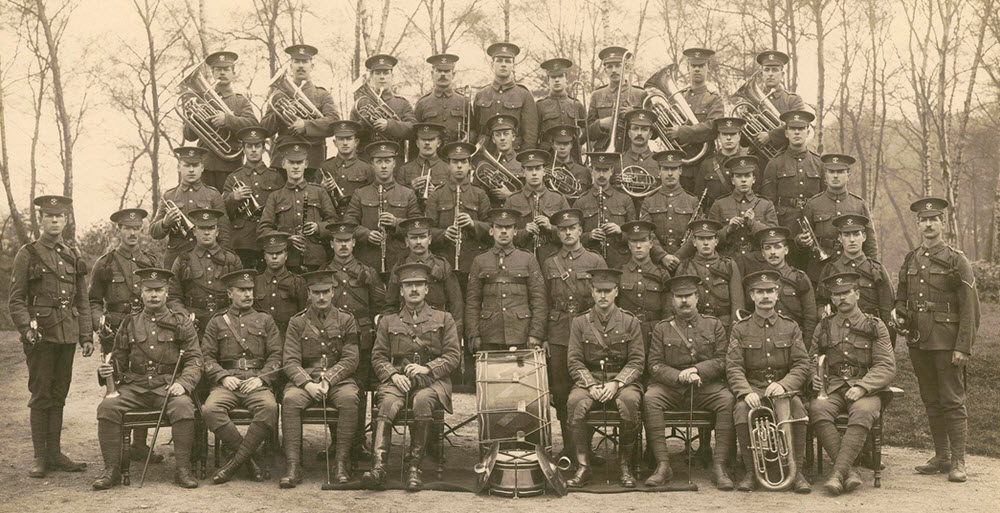The Battle of the Somme: Context and Overview
The Battle of the Somme, fought from 1 July to 18 November 1916, stands as a monumental episode in World War I’s history. Situated along the River Somme in northern France, it became one of the largest battles on the Western Front. It was significant not only for its enormous scale but also due to the staggering number of casualties it incurred. The engagement saw British and French forces collaborating to mount a coordinated offensive against the German Empire.
Military Objectives
The overarching goal of the Allies was to alleviate pressure on the French defenders at Verdun and to considerably weaken the German military forces through sustained combat. The British leadership, under General Sir Douglas Haig, perceived the battle as an opportunity for a decisive breakthrough which they hoped would break the deadlock of trench warfare. The intention was to execute a comprehensive campaign to achieve these strategic objectives.
Commencement and Tactics
Preparations for the battle included a massive, week-long artillery bombardment designed to obliterate German defenses. The offensive commenced on 1 July 1916, when British troops moved forward under the assumption that much of the German capability had been neutralized. Unfortunately for the British forces, the bombardment did not fully destroy German fortifications, leading to catastrophic results. The first day of battle is remembered as the bloodiest in British military history, with nearly 57,000 British soldiers recorded as casualties.
Technological and Tactical Developments
In addition to tactics and strategies, the Battle of the Somme was notable for introducing several technological innovations on the battlefield. Crucially, it witnessed the debut of tanks in warfare. Despite their initial mechanical unreliability, tanks began to transform the approach to ground battles significantly. The engagement also saw coordinated attacks that integrated infantry, artillery, and aerial reconnaissance, laying the groundwork for military operations in future conflicts.
Impact and Aftermath
Though the battle resulted in relatively modest territorial gains, it ultimately contributed to shifting the balance of power on the Western Front. By November, the Allies had managed to advance around seven miles. The human cost was enormous, with over one million men wounded or killed from both sides involved in the conflict.
Lessons and Legacy
The Battle of the Somme underscored the brutal nature of trench warfare, including its devastating human costs. It forced military leaders to consider the integration of new technologies within combat operations and prompted discussions on adjustments in military strategies and tactics. For many, the battle remains a symbol of sacrifice, emblematic of the severe realities and tolls of World War I.
British Sacrifice Remembered
The substantial loss experienced by British forces at the Somme continues to be commemorated as a testament to bravery and sacrifice. Numerous memorials and war cemeteries have been established to honor the soldiers who fell during the battle. To this day, these sites provide grounds for historical reflection and remembrance of those who gave their lives.
Further Reading
If you wish to further explore the intricate details of the Battle of the Somme and its broader implications for British and world history, consider delving into resources such as those provided by the Imperial War Museums. They offer a comprehensive collection of firsthand accounts alongside historical analyses. Meanwhile, the American Battlefield Trust provides in-depth insights into the strategic developments of the battle, illuminating its significant impacts during World War I.
Military Strategies and Implications
Looking deeper into the strategies employed during the Battle of the Somme, the Allies engaged in comprehensive planning intended to cut through German defenses. The belief that the initial artillery onslaught would deliver a severe blow to German positions dictated the subsequent infantry advance. This strategy, however, encountered unforeseen challenges due to the resilience of entrenched German positions and the limited effectiveness of artillery.
Reconnaissance and Communication
The battle was significant for its emphasis on improved reconnaissance and communication strategies. Aerial reconnaissance played an extensive role in relaying information about enemy positions, thereby shaping strategic adjustments. Additionally, advances in wireless communication attempted to support coordination between ground units and headquarters. However, these systems were still in their infancy and experienced occasional hurdles during the execution of battle plans.
Operational Challenges and Adaptations
The significance of the battle extends to its operational challenges, notably regarding logistical support and troop movements. The extended duration of the battle necessitated ongoing supplies of ammunition, food, and medical facilities. The difficulties faced in providing timely and adequate support exposed deficiencies in the Allies’ logistical frameworks, prompting evolutionary changes in supply and support strategies throughout the war.
Strategic Shifts and Military Rethink
The brutal lessons from the Battle of the Somme led to significant shifts in military thinking. The engagement highlighted the necessity for comprehensive strategy integration, where technology, tactics, and human resources were mutually supportive. The understanding forged in the aftermath catalyzed a more balanced approach to military engineering and combat operations in subsequent years of the war.
Modern Military Reverberations
In contemporary military thought, the Battle of the Somme resonates as a pivotal learning point in the art of warfare. Its lessons continue to influence modern military doctrine, emphasizing the integration of diverse combat elements. The strategies refined during this historical battle laid foundational insights not only for World War I combat but also for subsequent global conflicts throughout the 20th century.



